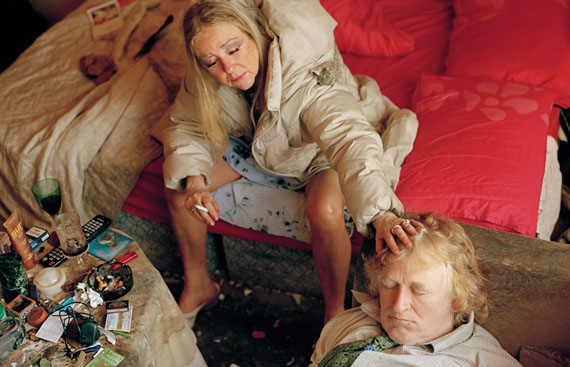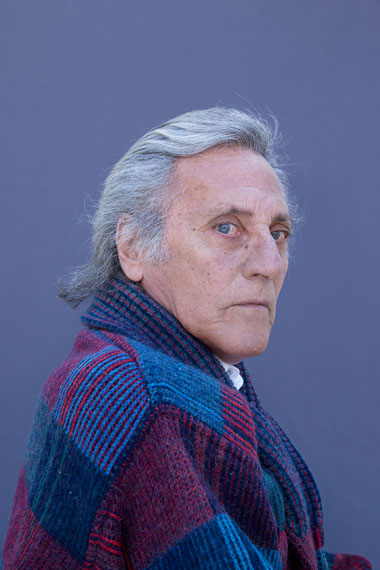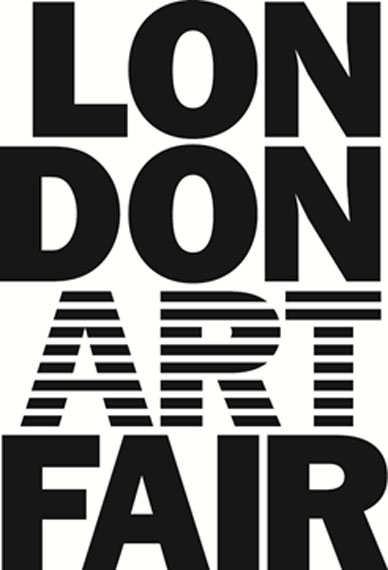
London Art Fair 2019
Photo50
Said Atabekov » Susannah Baker-Smith » Poulomi Basu » Tom Blachford » Céline Bodin » Thom Bridge » Jonny Briggs » Susan Derges » Saidou Dicko » Robert Doisneau » Jesse A. Fernandez » Matthew Finn » Dionisio González » Léonie Hampton » Sandra Kantanen » Erik Kessels » Lebohang Kganye » Tom Leighton » Amak Mahmoodian » Jeffrey Milstein » David Moore (GB) » Trish Morrissey » Liz Nielsen » Bernard Pras » Louis Quail » Mar Sáez » Mariela Sancari » Santeri Tuori » Hellen van Meene » Stephen Wilkes » Alba Zari » & others
Fair: 16 Jan – 20 Jan 2019
Tue 15 Jan
London Art Fair
Business Design Centre- 52 Upper Street
N1 0QH London
+44 020 -7288 6475
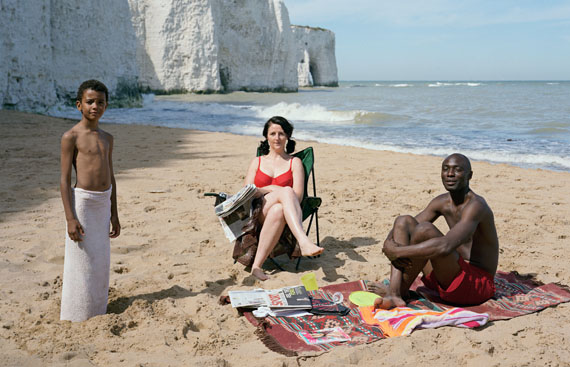
Photo50 is London Art Fair’s annual exhibition of contemporary photography, providing a critical forum for examining some of the most distinctive elements of current photographic practice. Guest curated every year, it highlights a timely theme in current photography and adds a space and context to the photography presented by galleries at the Fair.
londonartfair.co.uk/whats-on/photo50/
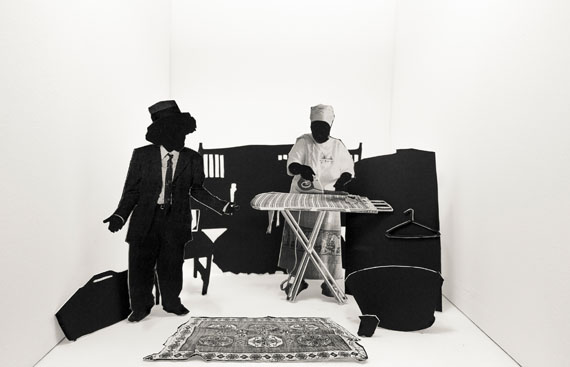
Who’s looking at the family, now? is an exhibition curated by Tim Clark that will engage with some fundamental questions about family life, its dynamics and complexity, as represented by a group of contemporary photographers and artists working in the UK and internationally. 2019 will also mark twenty-five years since British curator Val Williams’ seminal exhibition, Who’s looking at the family? which opened at the Barbican in 1994, offering the opportunity to consider the multifarious changes, both to notions of the family and photography, that have taken place during this time.
Ranging from documentary modes and found photography to conceptual approaches to the medium, and bringing together forms of construction or performative acts as well as sculptural interventions, the exhibited works meditate on what might constitute, or in some cases deconstruct, a family photograph. Many demonstrate the way images embark on a journey from a point of origin in the private sphere to enter the public gaze. Furthermore, boundaries between internal and external worlds become blurred to create part-spectacle, part socio-historical testimonies that provide windows onto issues of class, race and identity.
